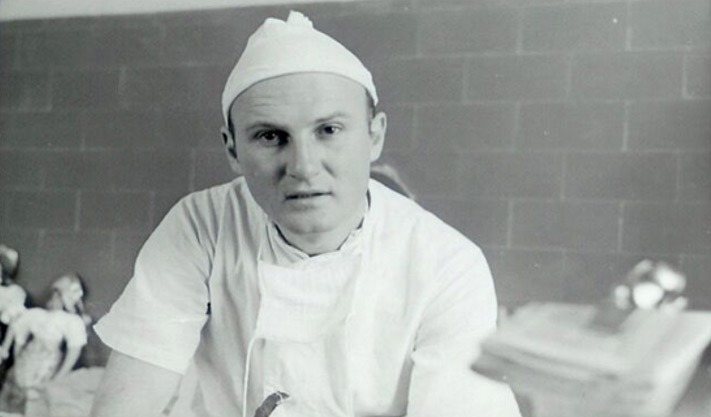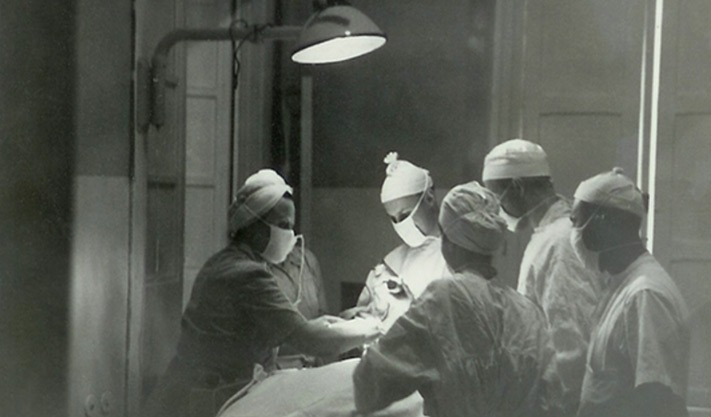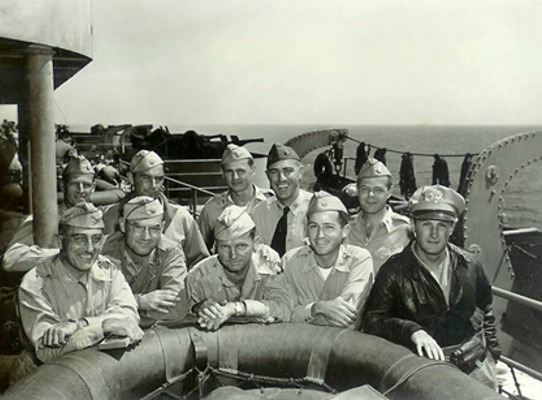The Hilger Face Center represents a legacy of medical practice in the upper Midwest community. The Hilger family of surgeons and their partners have provided medical care and education within the University of Minnesota Medical School for four generations.
Members of the Hilger Face Center and its predecessors have had a consistent philosophy of superior medical care and leadership within the medical education community. The photographs in the lobby are examples of that philosophy.
The Hilger Face Center is unlike any other plastic surgery clinic in Minnesota, and possibly even in the nation. Four generations of doctor Hilger’s have practiced in Minnesota and others have practiced across the country. Dr. Andrew Hilger (Dr. Peter Hilger's great-uncle) attended medical school in Minnesota. To complete his studies, in 1906 he traveled to Vienna, Austria which at that time was the epicenter of training for head and neck surgery. “great uncle” Hilger returned and established his practice in St. Paul in 1912.
This photograph was taken of Dr. Jerome Hilger in the European theater during World War II. Dr. Jerome Hilger was the only maxillofacial trauma surgeon in the 26th general hospital, a 1,000 bed mobile hospital that cared for our soldiers in North Africa, Sicily, and Italy. Dr. Jerome Hilger's brothers, Dr. Lawrence Hilger and Dr. William Hilger also served in the army medical corp during World War II. As the allies advanced in Europe and the war wound down, Dr. Jerome Hilger and other members of the 26th general hospital provided charity care to civilians and prisoners of war before returning to the United States.
Dr. Jerome Hilger (Andrew Hilger's nephew) received his medical education at the University of Minnesota as well and joined the medical school faculty in 1939. During World War II Jerome was the maxillofacial surgeon for the 26th general hospital serving in England, North Africa, and Italy. During his assignment in England, he studied at the British maxillofacial injury unit associated with Sir Harold Gillies, the most highly regarded reconstructive surgeon of that era and often referred to as “the father of plastic surgery.”
This photograph is of Dr. Jerome Hilger during World War II. He was an innovative surgeon from the beginning of his career as demonstrated by the fact that during the second World War, the ship containing medical equipment for the mobile hospital was sunk. His creativity became apparent when he had to manufacture medical equipment with basic materials that he could find locally. This included creating surgical sterilizers out of armored plate from destroyed military vehicles to creating facial fracture fixation devices from b24 bomber parts.
After the war, Dr. Jerome Hilger returned to Minnesota and practiced with his uncle Andrew and was a professor at the Medical School until his retirement in the mid-1980s. Our own Dr. Peter Hilger added to the family tradition by also training at the University of Minnesota. By that time facial plastic surgery had established itself as a vital subspecialty and, to enhance his education, he was offered a fellowship appointment through the American Academy of Facial Plastic and Reconstructive Surgery with Dr. Richard Webster in Boston, a professor at Harvard University.
Dr. Jerome Hilger in the lower right portion of the photograph returning from the war to the United States. At the time of his return to the United States he was recruited by the department at the Medical School at the University of Minnesota. He founded the head and neck cancer clinic at the University. His trauma experience gained during the war allowed him to create a sophisticated maxillofacial trauma unit within the department at Anchor Hospital in St. Paul. The hospital at that time was the east metro trauma hospital. During his 40 years of practice in the Twin Cities, Dr. Jerome Hilger trained hundreds of surgeons who practiced both locally and nationally. His leadership extended beyond the local medical care and innovative surgical practices to leadership positions within national medical societies. He was one of the founding members and later the president of the American Academy of Facial Plastic and Reconstructive Surgery. He served many years as a director of the American Board of Otolaryngology, a member board of the American Board of Medical Specialties, which is committed to quality medical care and certification upon the completion of younger surgeon’s education.
Prior to Dr. Peter Hilger’s departure for Harvard, he was offered a faculty position at the University of Minnesota and he officially joined his father in practice in the summer of 1980.
Since that time the family’s medical legacy has continued, as exemplified by a rare event: Jerome Hilger (1979), Andrew’s son John Hilger (1987) and Peter Hilger (2007) all served as presidents of the American Academy of Facial Plastic and Reconstructive Surgery.
Moreover, our Dr. Peter Hilger has been the facial plastic surgery fellowship director at the University of Minnesota and has trained, with other outstanding faculty members, 25 fellows who have become leaders in the specialty, teaching and practicing at numerous universities in the United States and Canada. Today, Dr. Peter Hilger is in partnership with fellow facial plastic surgeon Dr. Sofia Lyford-Pike who is continuing the tradition, having been trained by not only Dr. Hilger, but by two of his prior mentees at Johns Hopkins, CMT, they continue to practice legacy plastic surgery that is second to none in the nation.




